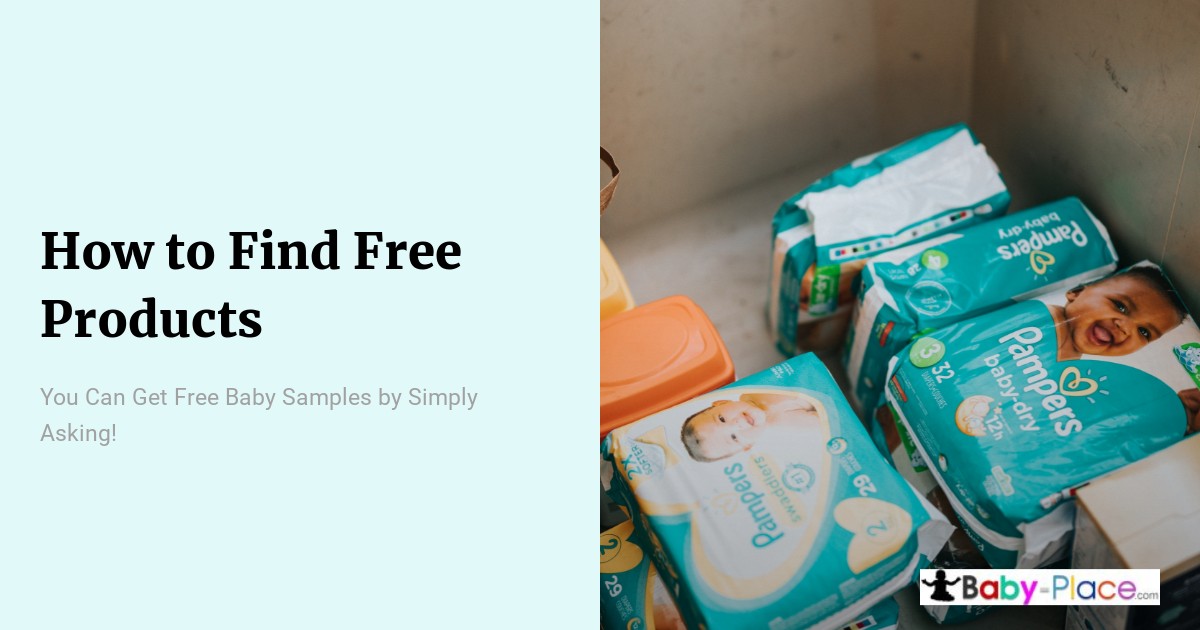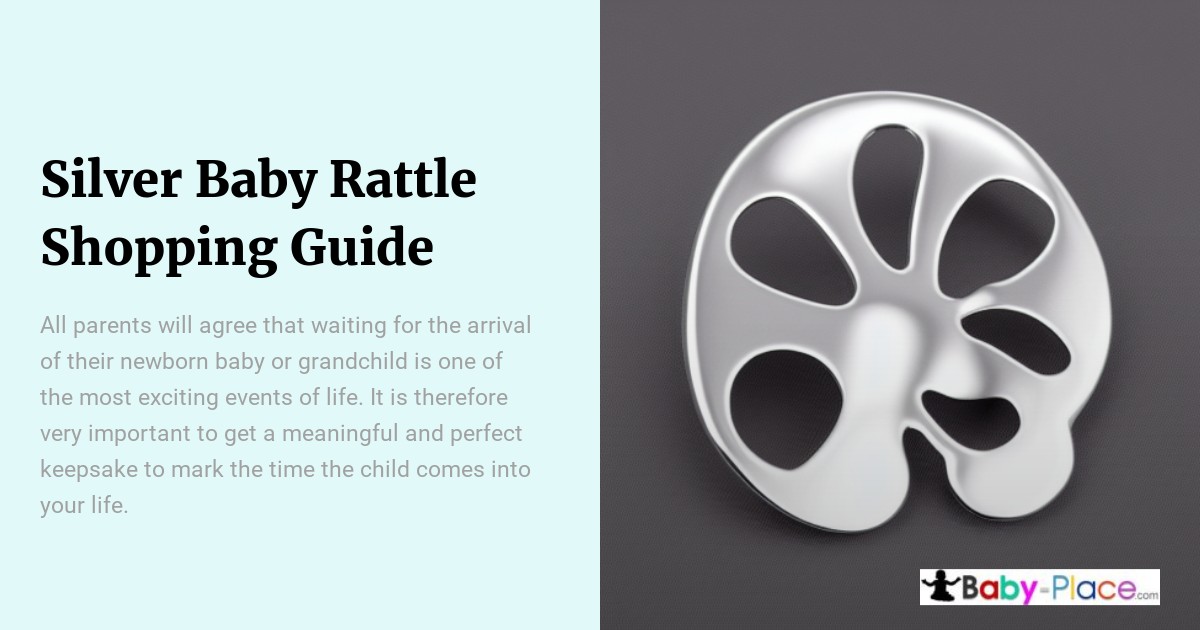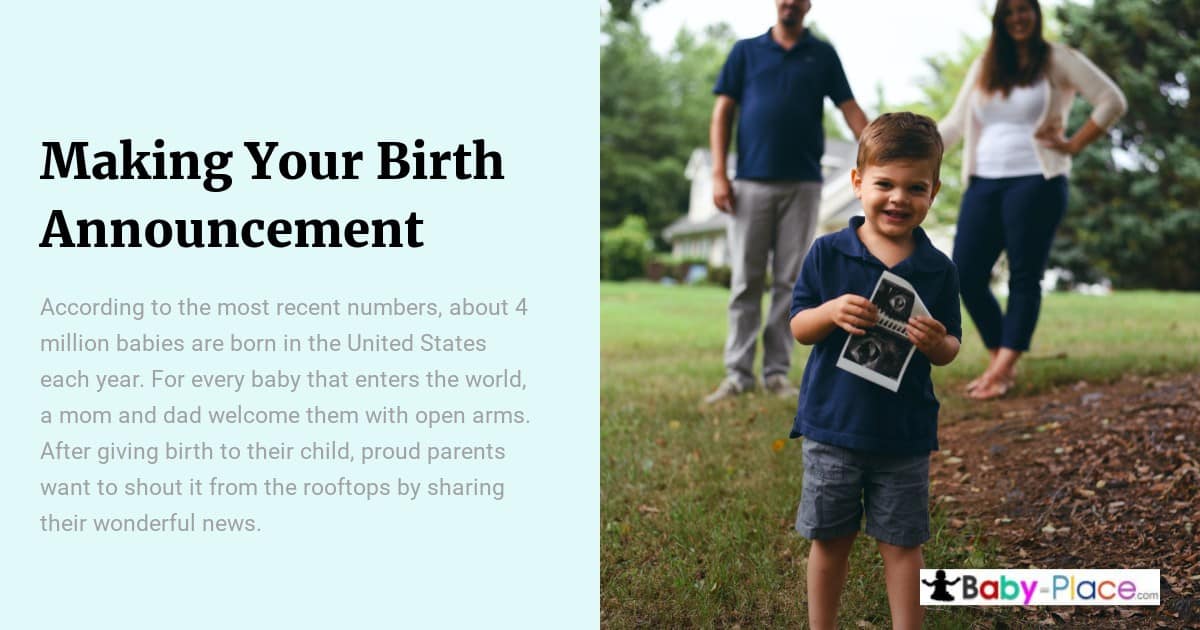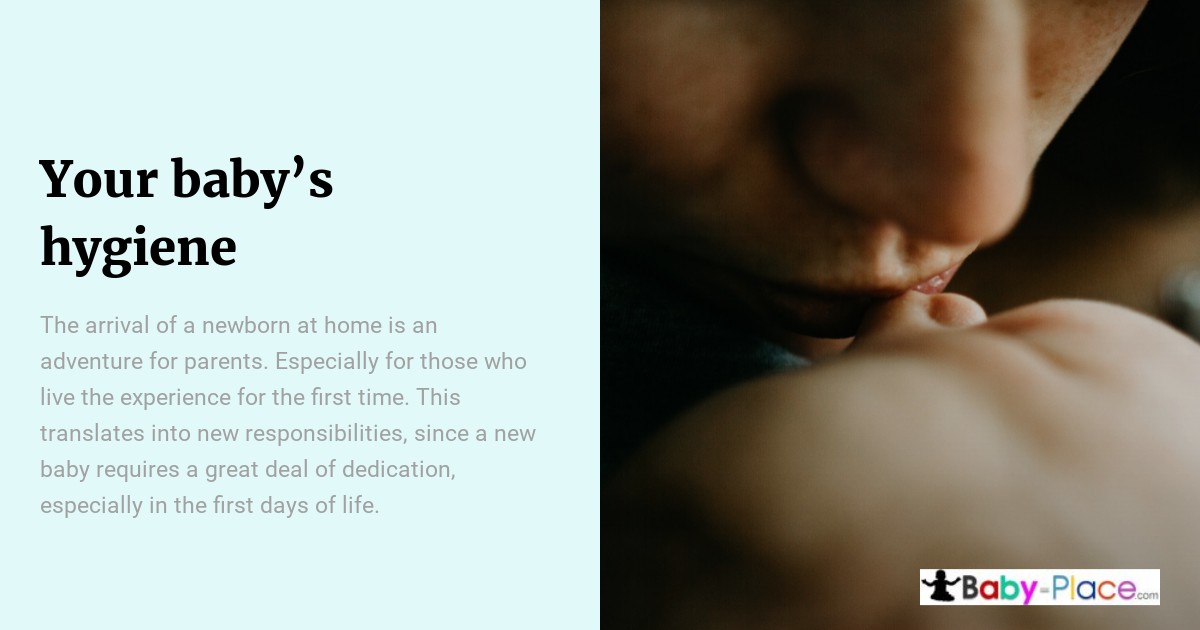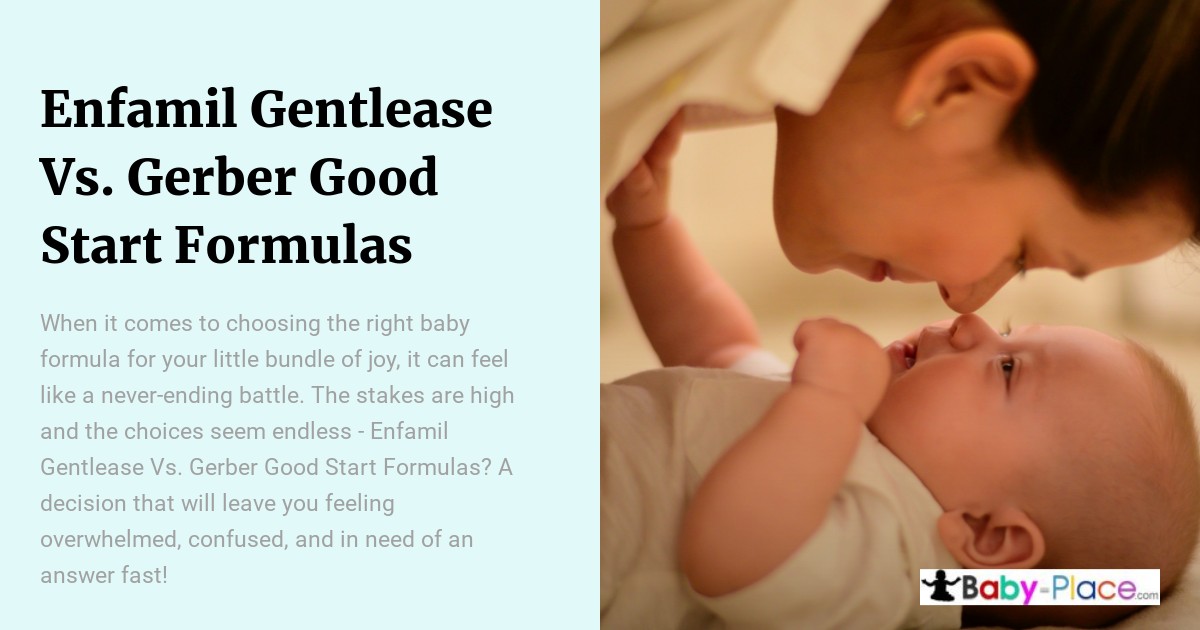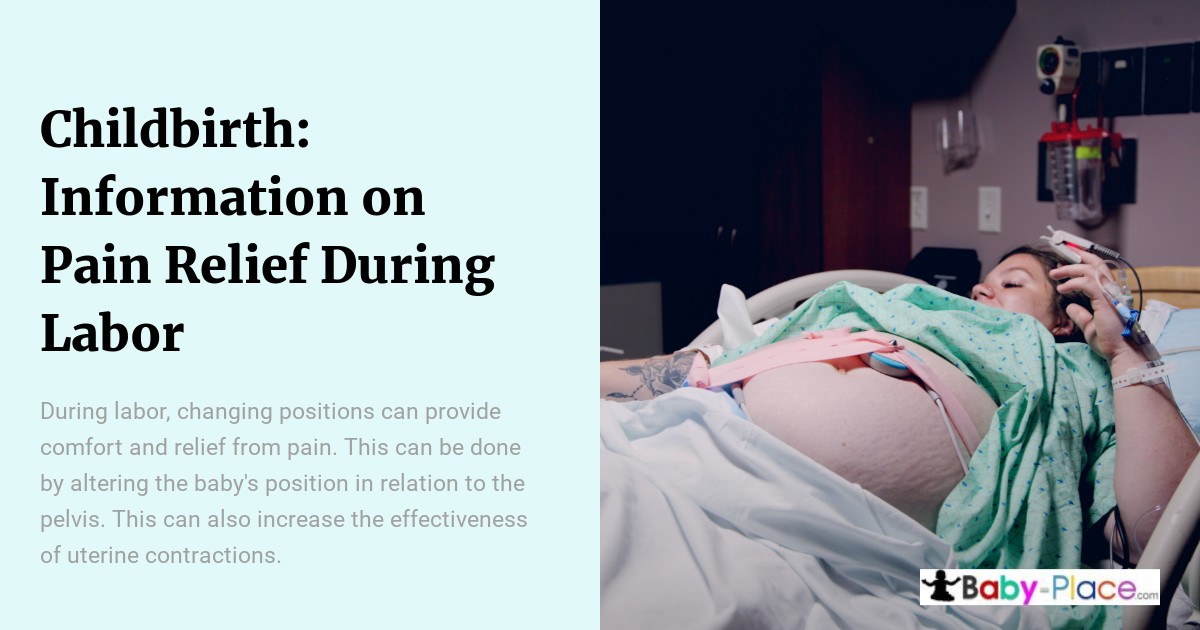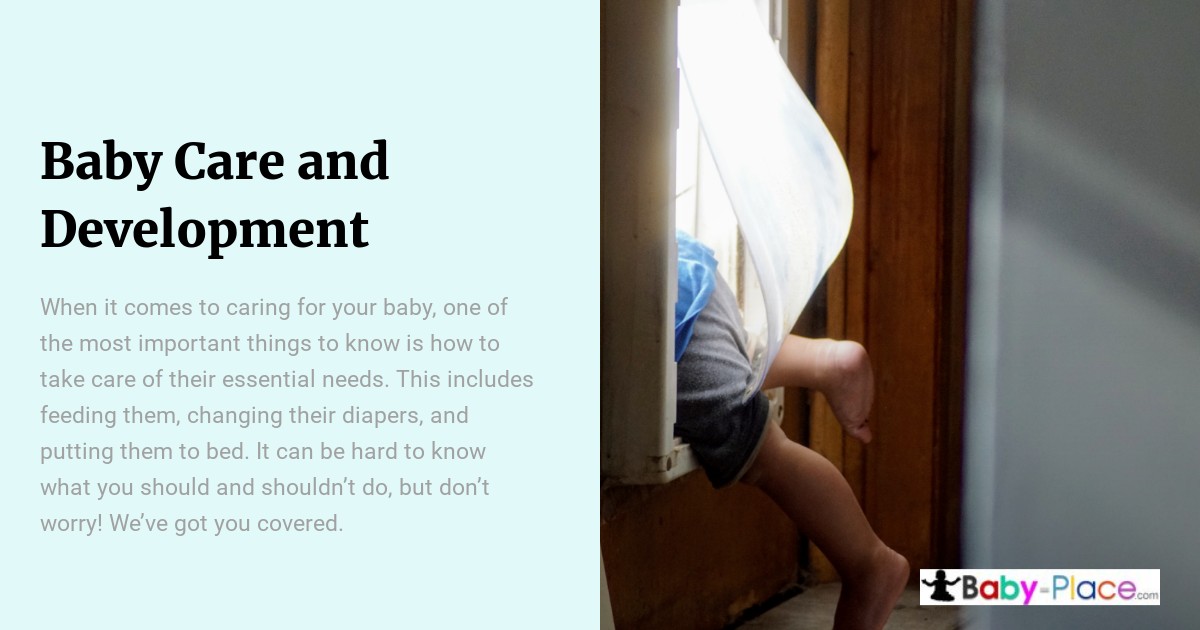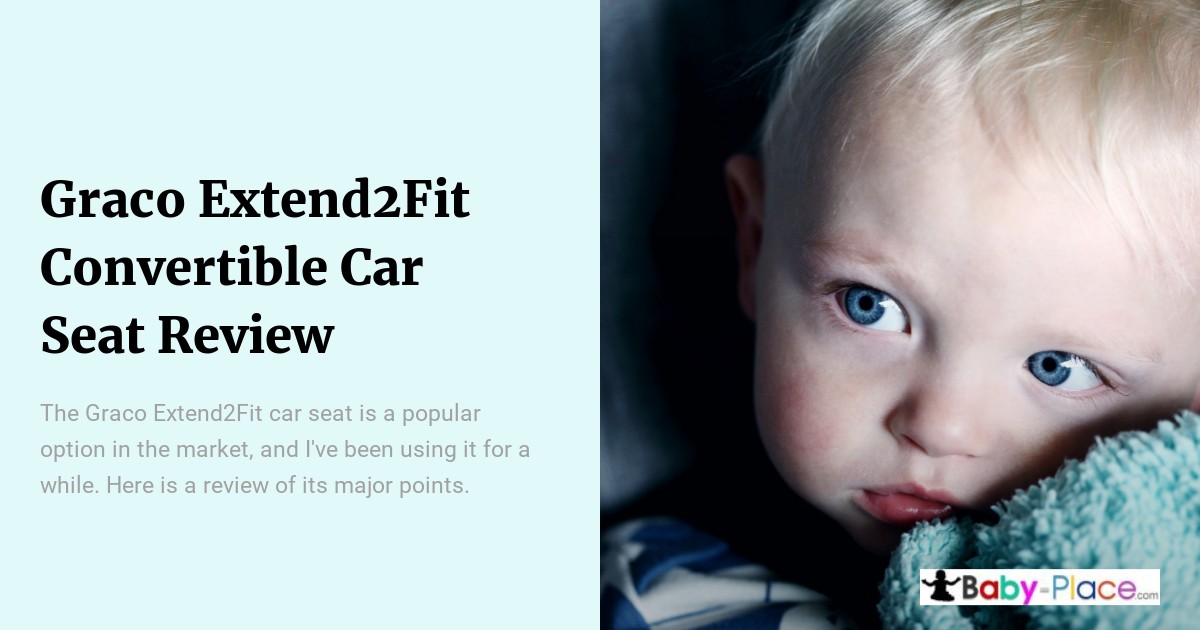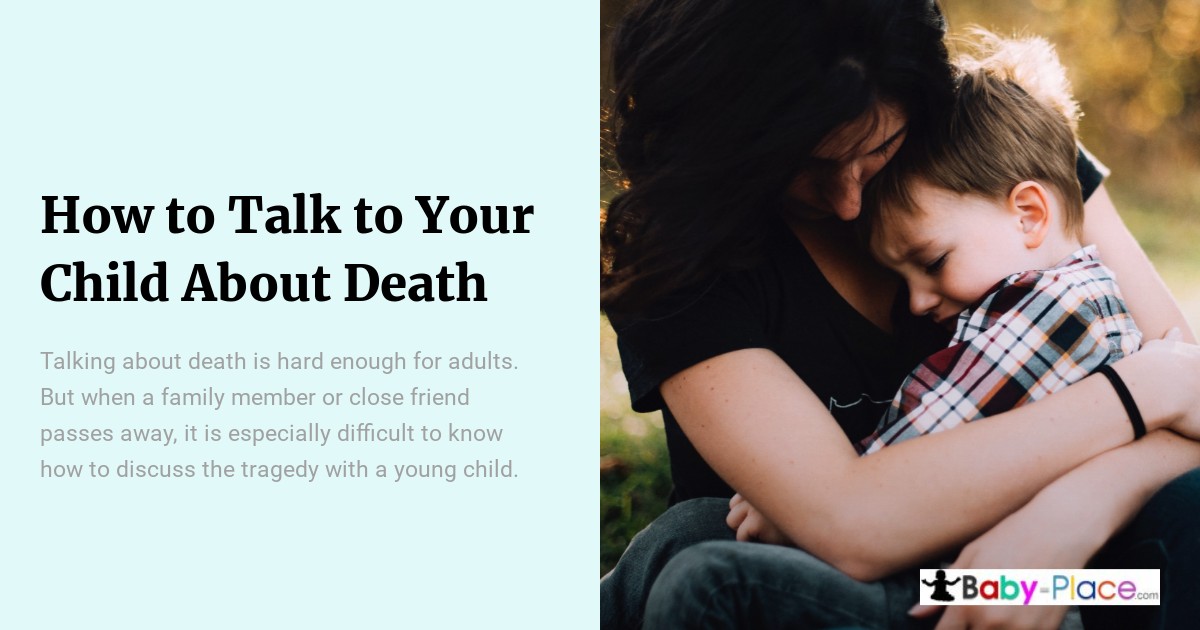When it comes to choosing the right diaper size for your baby, there’s no one-size-fits all solution. Different brands and styles of diapers offer different fits and levels of absorbency – which can make selecting the best option a tricky task. As an expert in diaper size comparison, I’m here to help you choose the perfect fit for your little one.
The first step is understanding how diaper sizes are determined. Diaper manufacturers assign numbers or letters that correspond with weight ranges rather than exact measurements – so be sure to read labels carefully! Additionally, some brands may use slightly different sizing systems from others; this is why comparing multiple options can be beneficial when deciding what’s best for your baby.
Finally, keep in mind that babies will eventually outgrow their current diaper size. By monitoring changes in their body shape and weight gain over time, you can ensure they have a comfortable fit while minimizing waste due to premature purchases of larger sizes. With these tips in mind, you’ll be able to find the perfect fit every time!
Diaper Size Chart
Do you ever feel overwhelmed when trying to choose the right diaper size for your little one? With so many sizes and styles available, it can be difficult to know which is best. As a diaper size comparison expert, I’m here to help!
Diaper sizing is based on the baby’s weight and height in order to provide an accurate fit. For example, if a baby weighs 16-28 pounds, it will need a size 2 or 3, depending on its length. Size 4 diapers are usually recommended for babies who weigh 22-37 lbs, while larger sizes, such as 5 or 6, are meant for toddlers over 35 lbs. It is important to check the label of each brand before purchasing because not all brands use the same sizing standards.
Different Types Of Diapers
Now that we’ve explored the diaper size chart, let’s compare different types of diapers. Disposable and cloth diapers are the two most popular choices for parents.
Disposable diapers offer convenience, as they can be quickly changed and disposed of after use. They come in various sizes, including newborn to extra-large adult sizes. Cloth diapers require a bit more effort, as you must wash them after each use. However, cloth is an environmentally friendly option and there are many cute designs available on the market today. Plus, some people find it easier to get a good fit with cloth due to its adjustable nature.
When deciding between disposable or cloth diapers, it’s important to consider your lifestyle and budget along with factors like absorbency and leakage protection. It’s also helpful to think about what type of diapering system will work best for your family: prefold/flatfold or all-in-one? Ultimately, choosing the right diaper size and type comes down to personal preference – so take time to research and try out different options until you find one that works best for you!
Weight-Based Diaper Sizing
Weight-based diaper sizing is a popular and trusted method for finding the best fit. Weighing infants and toddlers can help parents determine what size of diaper to choose when shopping, making it easy to find the right size every time.
When using weight-based sizes, look for diapers that feature specific ranges in pounds or kilograms. These range from Preemie (up to 6lbs) all the way up to Size 7 (over 41 lbs). Within these categories are further breakdowns such as N, 1, 2, 3, 4, 5 and 6 which offer more precise measurements depending on baby’s age and weight. As babies grow their weights change rapidly so keeping an eye on this range is essential for accurate results. Additionally, some brands may have additional sizes outside the standard range making them ideal for larger children who need extra protection.
No matter what brand you choose or what size your child needs there will always be options available that provide comfort and secure fitting around little legs and waists while also containing messes effectively. With careful monitoring of growth milestones, choosing the right sized diaper should never be a daunting task again!
Age-Based Diaper Sizing
Diaper sizing can be based on a baby’s age and weight. The first number in the size indicated is usually the baby’s age, while the second number corresponds to their weight. This sizing method works well for most babies who are following normal growth patterns.
There are several advantages to using this type of diaper-sizing system:
- It takes out some of the guesswork when it comes to finding a good fit for your baby
- Diapers with this type of sizing will typically last longer as your child grows
- You don’t have to worry about buying too many diapers or running out quickly if you’re stocking up ahead of time
The downside is that not all babies grow at the same rate, so there’s no guarantee that this size will always fit perfectly. Some infants may need one size larger or smaller than what would normally be expected for their age and weight. If you find that a particular brand isn’t fitting right, try another one! There are plenty of options available today, so you should be able to find something that fits just right.
Age-based diaper sizes provide convenience and accuracy but they’re not perfect for every situation. Consider trying different brands until you find one that works best for your little one – after all, everyone deserves a comfy diaper fit!
Length-Based Diaper Sizing
Now that we’ve discussed age-based diaper sizing, let’s compare length-based diaper sizing. Length-based diapers are sized based on the baby’s weight and their body length in inches. This size is usually printed on the package or found online from the manufacturer. The following chart illustrates a comparison of different length-based diaper sizes for babies:
| Weight (lbs) | Height (in) | Size |
|---|---|---|
| 8 – 14 | 19 – 24 | Small |
| 12 – 18 | 25 – 29 | Medium |
| 16 – 28 | 30+ | Large |
As you can see, there are three different sizes which correspond to specific ranges of both weight and height measurements. Generally speaking, if your baby falls within one of these categories then they should be able to fit comfortably into that particular size diaper. It’s important to note though that some manufacturers may have slightly different measurements so it’s always best to double check with them if you’re unsure.
With this knowledge, you will now be able to easily determine what size diaper would work best for your little one! Keep track of their growth over time as well; chances are they’ll soon outgrow whatever size you choose today. When shopping for diapers, look for those featuring adjustable tabs or elasticized waistbands so you can make sure a proper fit is maintained regardless of how much your little bundle grows.
Waist And Hip Measurement Considerations
When it comes to diaper size, waist and hip measurements are like two sides of a coin. They both provide vital information when considering the proper fit for a baby’s diaper needs. As such, they should be given equal consideration when selecting the right size.
The key is to ensure that the diaper fits comfortably around your baby’s hips and waist without being too tight or loose. It’s important to remember that babies come in all shapes and sizes, so what works for one may not work for another. To make sure you get the best possible fit, measure your child’s waist and hips with a soft measuring tape prior to making a purchase. This will give you an idea of which size range would offer the most comfortable fit for your little one.
Diaper sizes can vary greatly from brand to brand, which is why it pays to do some research beforehand to find out exactly what each company offers in terms of sizing options. Comparing different brands side-by-side can help you determine which ones have more flexible sizing options so that you can find something that suits your baby perfectly. Ultimately this will save time and money while ensuring maximum comfort for your precious bundle of joy!
Buying Tips & Tricks
Now that you understand the importance of waist and hip measurements in finding the right diaper size, let’s move on to some buying tips & tricks. Here are three great ways to ensure you get a comfortable fit:
- Look for an adjustable waistband – this allows you to customize the fit of your diaper according to your baby’s body measurements.
- Consider purchasing multiple sizes at once – by doing so, you can find out what works best for your baby without having to buy more diapers as they grow.
- Always read reviews from other parents – this is a great way to gain insight into how well a particular diaper fits different babies with various body shapes and sizes.
When it comes time to purchase new diapers for your little one, make sure you take all these factors into consideration so that you can be confident in making the perfect choice!
Factors To Consider When Choosing The Right Size
Choosing the right diaper size for your baby can be an overwhelming decision. It’s important to keep in mind that all babies are different and require a different fit to ensure maximum comfort and leakage protection. As a diaper size comparison expert, I recommend considering these factors when making your choice:
| Factor | Description |
|---|---|
| Weight | The weight of the baby is one of the most important considerations when selecting a diaper size. Most brands provide sizing instructions based on average weights; however, some may vary according to their own specifications. |
| Age | Babies grow quickly so it’s important to look at age-related changes such as length and width when determining which type of diapers will provide the best fit. Generally speaking, newborns need smaller sizes while older infants tend to do better with larger ones. |
| Waist Size | When purchasing diapers, you should also consider the waist circumference of your baby– typically measured by taking two measurements around the stomach and hips then subtracting 6 inches from each measurement. This helps determine if there’ll be enough room for movement without being too tight or loose. |
By weighing all these factors carefully before choosing a diaper size, you can make sure your little one stays comfortable throughout every stage of development!
Measuring Techniques For Babies & Toddlers
Measuring your baby or toddler accurately is essential for finding the right diaper size. There are a few different methods you can use to ensure proper sizing:
- Measurements with Clothes On: This involves taking two measurements, one around their waist and another around their thighs. It’s important to keep in mind that these measurements should be taken while they’re wearing clothes so that the diaper will fit comfortably over them when put on.
- Waist Measurement: Make sure to measure at least 1 inch (2 cm) above their belly button, ensuring the tape measure isn’t too tight.
- Thigh Measurement: Take this measurement from where your child’s leg meets their torso all the way down to just above their knee cap. Again, make sure not to pull the measuring tape too tightly against their skin.
- Weighing Method: Weight is also an important factor when considering which diapers sizes best suit your little one. Knowing if your infant falls into one of three approximate weight categories – 8–14 lbs (4–6 kg), 12–18 lbs (5–8 kg), 16–28 lbs (7–13 kg) – can help narrow down what diaper size would work best for them.
These techniques provide accurate information necessary to select a suitable diaper size for babies and toddlers, making it easier than ever before to pick out a comfortable and properly fitting product for your little one!
How To Determine If A Diaper Is Too Big Or Too Small
Figuring out if a diaper is too big or small for your baby can be tricky, but with the right tools and knowledge it’s possible to make an informed decision. As they say: Knowledge is power!
The first step in determining the correct size of diaper for your little one is measuring their waist circumference. Measure around the belly button area and round up to the nearest whole number. Once you have that measurement, compare it to the sizing chart on your chosen brand of diapers to find a good fit. A few inches bigger won’t hurt – as long as there isn’t gapping at either leg holes or noticeable bulging at any seams then it should do just fine until they grow into it properly.
It’s also important to take into account how much weight your baby has gained since birth when choosing a diaper size; typically, babies double their birth weight by about 5 months old so this could affect which size fits best. If you’re still not sure what size would work best, try different sizes and see which feels most comfortable against your child’s skin without feeling restrictive or too lose. With some trial and error, you’ll soon figure out what works best for them!
Benefits Of Properly Fitting Diapers
Finding the right size diaper for your baby is essential. A properly fitting diaper allows for greater comfort, better absorption and an overall improved experience for everyone involved. To determine if you have the correct size diaper, it’s important to know how sizes compare and what benefits come with each size.
Newborn diapers are designed to fit babies up to 10 pounds while a size 1 fits those weighing 8-14 pounds. Size 2 works best from 12-18 pounds, whereas size 3 accommodates 16-28 pounds of weight. Finally, size 4 covers babies between 22-37 pounds in weight. As your baby grows, their diaper needs will change accordingly; when switching sizes ensure that there are no gaps or leaks around legs or waistbands as this can lead to skin irritations due to moisture buildup.
In addition to finding the appropriate fit for your child’s body shape and figure, selecting the proper absorbency level is also key. With rising levels of wetness comes more bulk which can cause discomfort and affect the way the diaper conforms to their body type – having a snug fit ensures maximum leak protection as well as keeping them comfortable throughout wear time. Ultimately, taking into account all of these factors helps create a safer environment for both parent and child by providing peace of mind that they won’t suffer any unnecessary accidents during use!
Potential Problems With Incorrectly Fitted Diapers
The wrong size of diaper can be catastrophic for a baby’s skin. It can cause redness, soreness, and uncomfortable rashes that just won’t go away. The difference between the right fit and the wrong one is like night and day; it’s essential to get this part right!
| Problem | Skin Irritation | Leakage | Uncomfortable Fit |
|---|---|---|---|
| Redness/Soreness | xx | x | x |
| Rashes | xx | x | xx |
| Painful Blisters | xx | x | xx |
| Undesired Movement | xx |
These issues are all majorly impacted by an incorrectly fitted diaper. If you find your baby struggling with any of these problems after changing their diapers, there’s a good chance they may not be wearing the right size. To solve this problem, parents should measure their child regularly as they grow to ensure their little ones have a secure, comfortable fit at every stage of development. Without doing so, babies could experience unnecessary pain or discomfort due to ill-fitting diapers which would certainly ruin both parent and infant’s days. All in all, correctly measuring and fitting diapers will help prevent short term irritations from occurring while ensuring long term comfortability for young children everywhere.
Additional Resources & Guidance On Choosing The Right Size
Choosing the right diaper size for your baby can be a daunting task. Fortunately, there are plenty of resources available to help you make an informed decision and ensure that your little one is comfortable and secure when wearing diapers.
Here are some helpful tips:
- Look at the weight range – Every diaper brand has different sizing charts with different weight ranges. Make sure you check what’s recommended per size before making a purchase.
- Check the waist measurements – Diapers come in small, medium, large and extra-large sizes based on the circumference of your baby’s waist. Measure them carefully to get the best fit possible.
- Choose adjustable tabs – If your baby is in between sizes or quickly growing out of their current ones, look for brands that offer adjustable tabs so they can grow with your child.
You may also want to consult other parents who have used diapers from various brands to find out which one works best for their babies’ needs and preferences. Additionally, ask healthcare professionals such as pediatricians or nurses if they have any recommendations that could help narrow down your options. With these additional resources, finding the right size diaper will become much easier!
Shopping For Bulk Quantities Of Diapers
When shopping for bulk quantities of diapers, it’s important to consider the size differences. Diapers come in a variety of sizes and often feature different weight ranges or waist measurements. For example, Size 1 diapers are typically suitable from 8-14 pounds, while Size 2 diapers may fit babies up to 18 pounds. Additionally, you should be aware that some diaper brands offer extended sizing such as Newborn/Size 0 (up to 6 lbs) and even Preemie (3-6 lbs).
It can also be helpful to know that although most newborns start out wearing preemie or smaller sized diapers, they will eventually move into larger sizes such as 3 or 4 within their first few months. Knowing what type and size of diapers your baby requires can make it much easier when purchasing large amounts at once – saving both time and money.
To ensure you get the right amount of the correct size diapers for your little one, research ahead of time which specific brand and size fits best with their individual needs. That way you won’t have any surprises when opening up those boxes!
Eco-Friendly Alternatives To Disposable Diapers
Some may argue that eco-friendly alternatives to disposable diapers are too expensive. However, there is a variety of options available at different price points. Additionally, reusable and cloth diapers often last longer than disposables and can save parents money in the long run.
Cloth diapers made from natural fibers like cotton or bamboo reduce waste while providing soft and absorbent materials for baby’s sensitive skin. Cloth diaper covers also provide an additional layer of protection against leaks. While these require more effort to maintain since they must be washed after each use, many modern designs feature easy snap closures and adjustable sizing which make them user friendly.
Reusable diapers come in several varieties such as all-in-ones (AIOs) and pocket styles with inserts. These offer convenience similar to disposable diapers without the environmental burden of single-use plastics and chemicals used in manufacturing process – making them an excellent alternative for those looking for a way to go green with their diapering needs!
Conclusion
Choosing the right size diaper can be a daunting task, but with a little research and understanding of your baby’s needs you can make an informed decision. Weight-based sizing is often seen as the gold standard for most parents, but age-based or length-based options may work better in certain situations. It’s important to keep in mind that if the fit isn’t quite right it could lead to unnecessary leakage and skin irritation.
If bulk buying diapers seems like too much of a hassle then maybe looking into eco-friendly alternatives such as reusable cloth diapers will give you peace of mind knowing that you’re doing what’s best for both your pocketbook and planet Earth. If this route feels overwhelming at first, don’t worry; I’m here to help! With my years of experience under my belt (anachronism) I’ve got all the tips and tricks needed to find the perfect diaper size for your sweet bundle of joy.
So take comfort in knowing that no matter which method you choose – weight, age, length or type – there are lots of resources available for finding the perfect fit for your baby. Whether it’s online guides or helpful sales associates, there are plenty of knowledgeable people who can lend a helping hand throughout this journey. So let me be one more person offering their assistance – happy diapering!

